Cactus pear fruit is popular because the high sugar content and low acidity give it a deliciously sweet taste. At the same time, these characteristics make the fruit susceptible to microbial invasion. It is only harvested for a few months of the year and storage time is limited. Therefore, the challenge is to lengthen the storage life and to diversify by producing different preserved products. As mentioned before, the fruit has various colours, which are all edible although there are slight differences in the sweetness, flavours and texture.
In South Africa, the green (or white) fruit is well liked, but in other countries where cactus pear fruit is very popular, the pink or orange fruit is preferred over the green (or white) fruit. Generally, consumers who are not accustomed to green cactus pear fruit assume that the green fruit is unripe, which is the main reason why green fruit is not exported from South Africa to Europe.
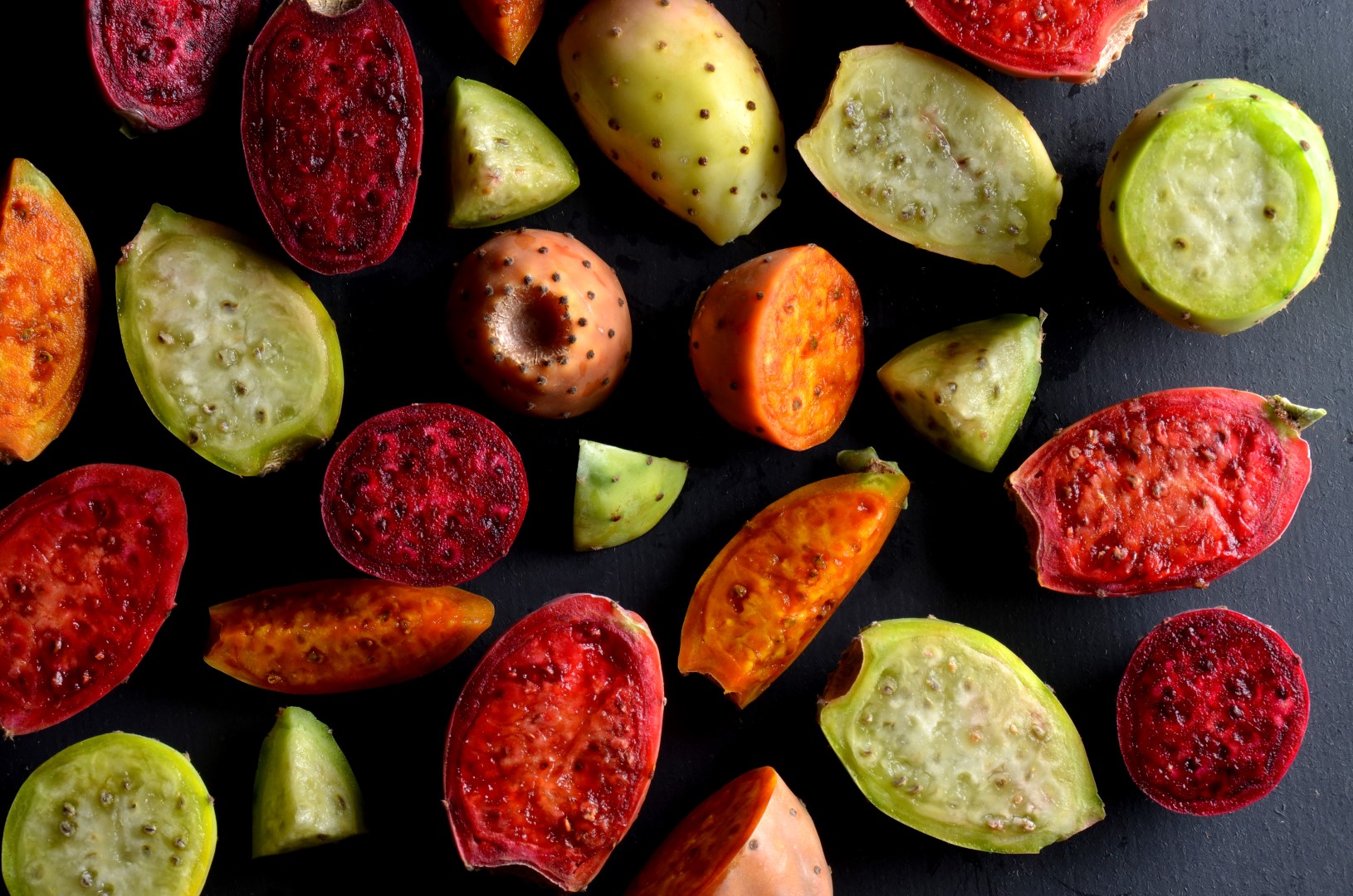
Cactus Pear Fruits
-header.jpg?sfvrsn=e4077f20_2)
In Mexico, the young cladodes (nopalitos) are enjoyed throughout the year as a green vegetable. The serving of the fresh young and tender cladodes called nopalitos is used in a similar way to green pepper. Just like green pepper, it is sliced in strips and either served raw in dishes such as salads and salsas, boiled or fried and served with other ingredients. Nopalitos are used with other ingredients in a variety of traditional culinary dishes including beverages, snacks, soups, stews, sauces and salads. Recipes, websites and notes on how to use nopalitos are widely available online yet the recipes are foreign to South Africans. According to consumers who buy and cook nopalitos regularly, the best quality is young, thin, brilliant green coloured, turgid and fresh cladodes, which are not too small. The nopalitos are harvested when they reach a weight of 90–100 g and a length of 15–20 cm. The production of nopalitos in Mexico is centred in Milpa Alta, a district in the south of Mexico known for its highly variable rainfall. Depending on the weather, the nopalitos require 20 to 30 days to grow to a harvestable size. Harvesting the nopalitos stimulate new growth, and thus they can be harvested all year round.
It is customary to harvest the nopalitos midmorning after at least two hours of sunshine when the acidity has decreased to a satisfactory level. The highly specialized photosynthesis pathway, namely CAM (Crassulacean Acid Metabolism), results in significant day-night acid content differences in the nopalitos. There is an unacceptable astringent sourness if the nopalitos are harvested at the wrong time of day.
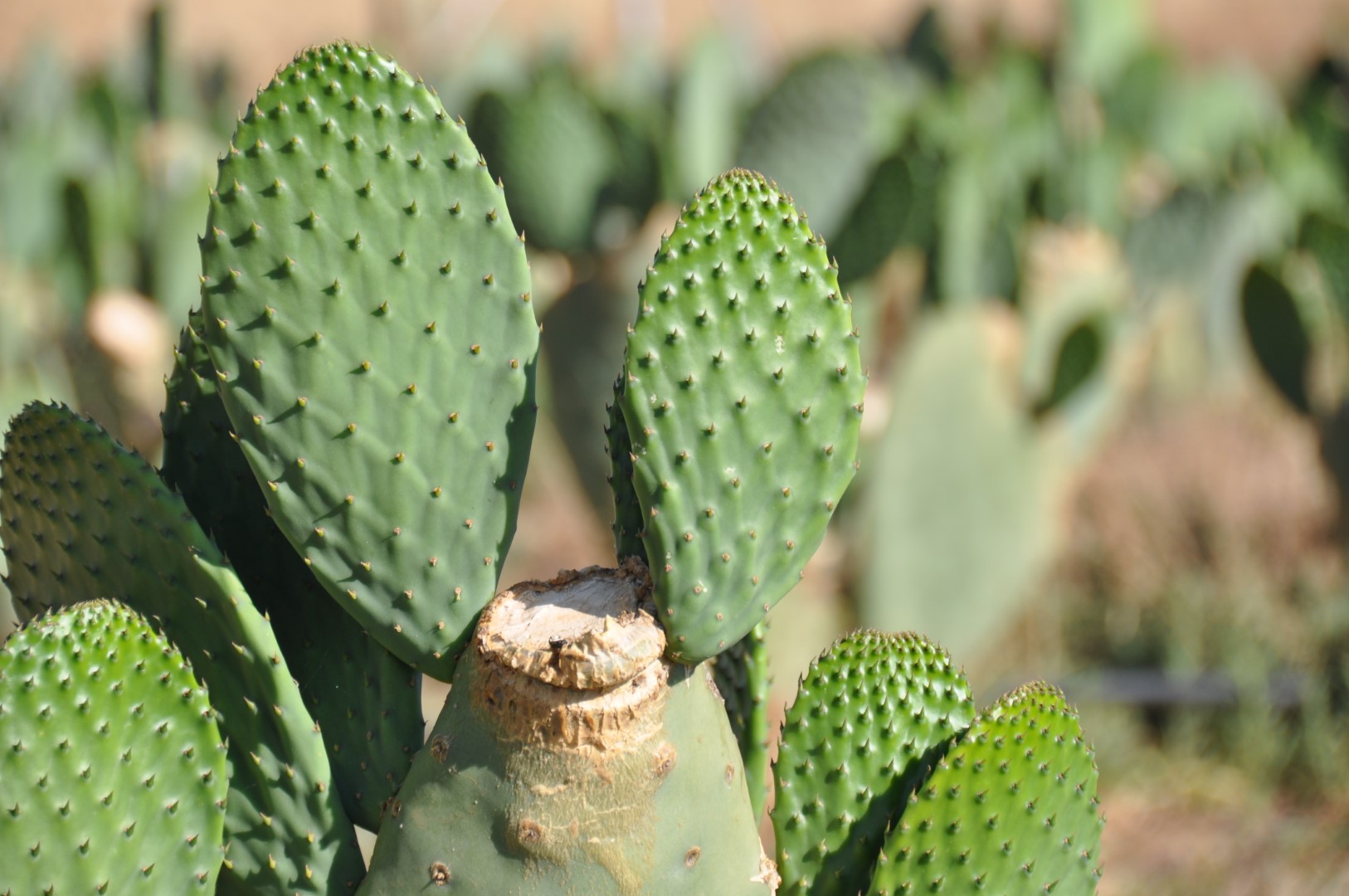
Cladode
Cladodes have been researched in recent years, because of its dietary fibre content. Cladodes contain insoluble fibre and is a potential source of soluble fibre and pectin, which is found in the plant’s slimy juice. Fibre has numerous health benefits for the digestive system, which depend on the type of fibre. The soluble fibre dissolves and swells in water and is then fermented by bacteria in the large intestine. Insoluble fibre does not dissolve and is not metabolized by bacteria but cleans the digestive system from the inside. Soluble fibre contributes to the prevention of cholesterol. In fact, consumers are aware of the link between fibre and cholesterol control and look for healthier food products.
Mature cladodes are a good source of calcium. The daily consumption of cladode-related food products is recommended for developing countries where dairy products are expensive, as well as for lactose intolerant consumers. Cladodes are a good source of minerals at any growth stage. Cladodes consumed fresh or powdered, in the form of supplements, are available on the market for the prevention of diabetes and osteoporosis.

People are increasingly interested in products derived from the cactus pear plant due to their potential nutraceutical effects. Several products are made by processing the fruit and cladodes. Some of the traditional and well-known products include juices, marmalades, jellies, jams, dried sheets (fruit-leather), pickles, candies and alcoholic drinks. More recently developed products include sweeteners, frozen fruit, cladode flour, oil (from the seeds), mucilage (from cladodes), pigments and dietary fibre (from the cladodes). Products known in South African culture include juice (using fruit with vibrant colours), dried fruit, chutney, preserved whole fruit or nopalitos in syrup, and pickles (nopalitos make good pickles).
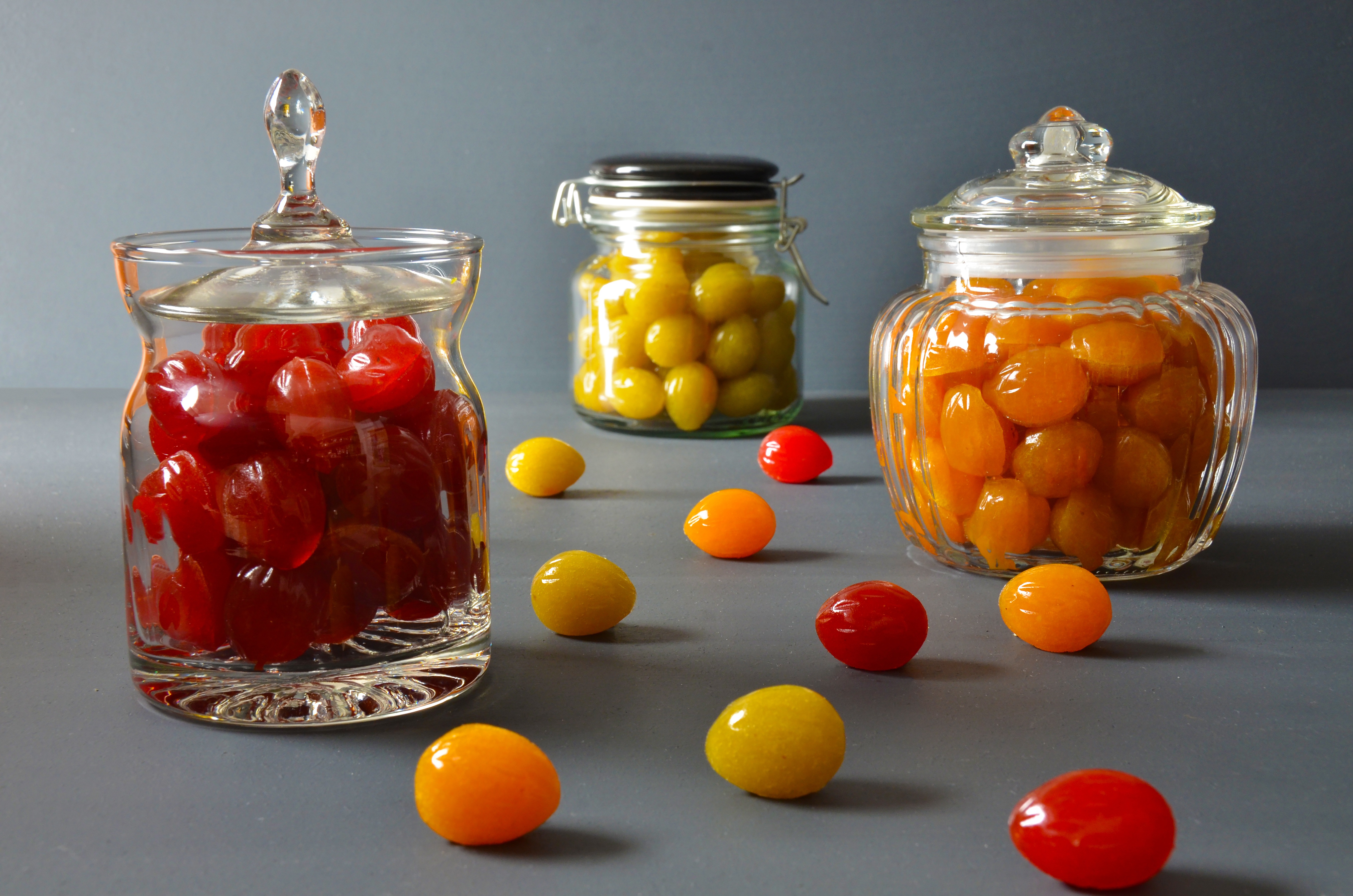
Cactus Pear Fruit Gummies
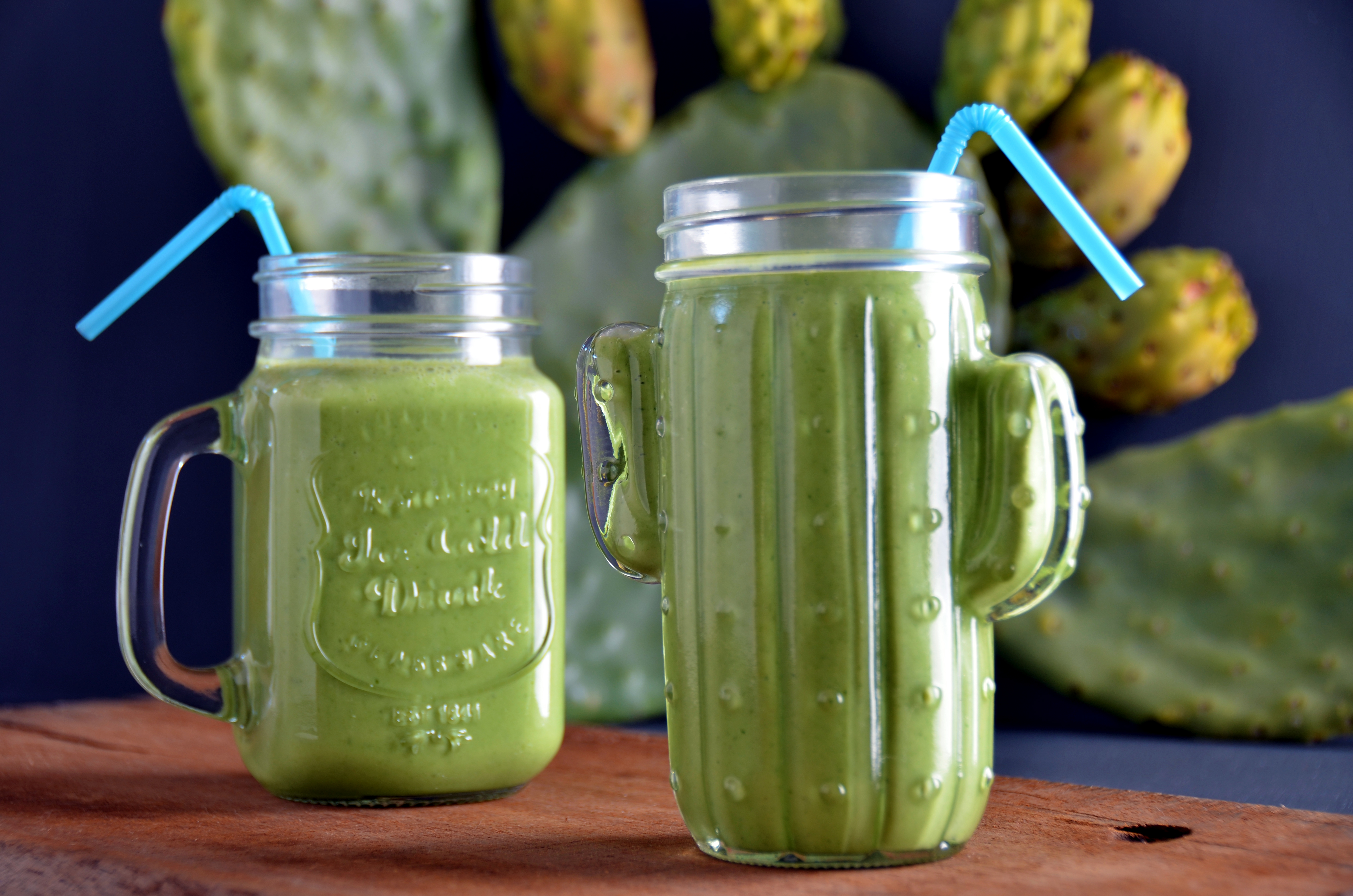
Cactus Pear Fruit Smoothie
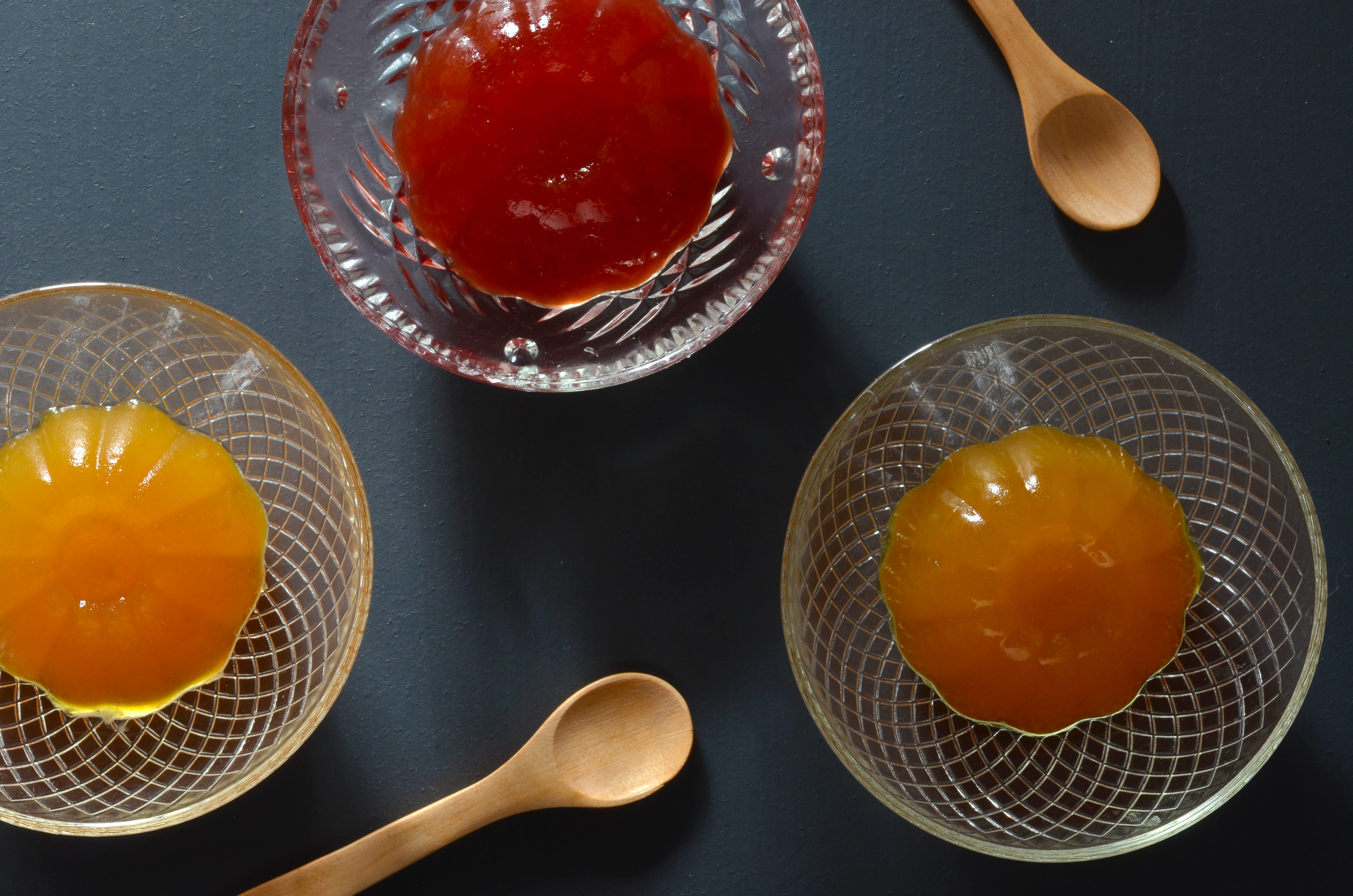
Cactus Pear Fruit Jellies

Nopalito and Tuna Casserole